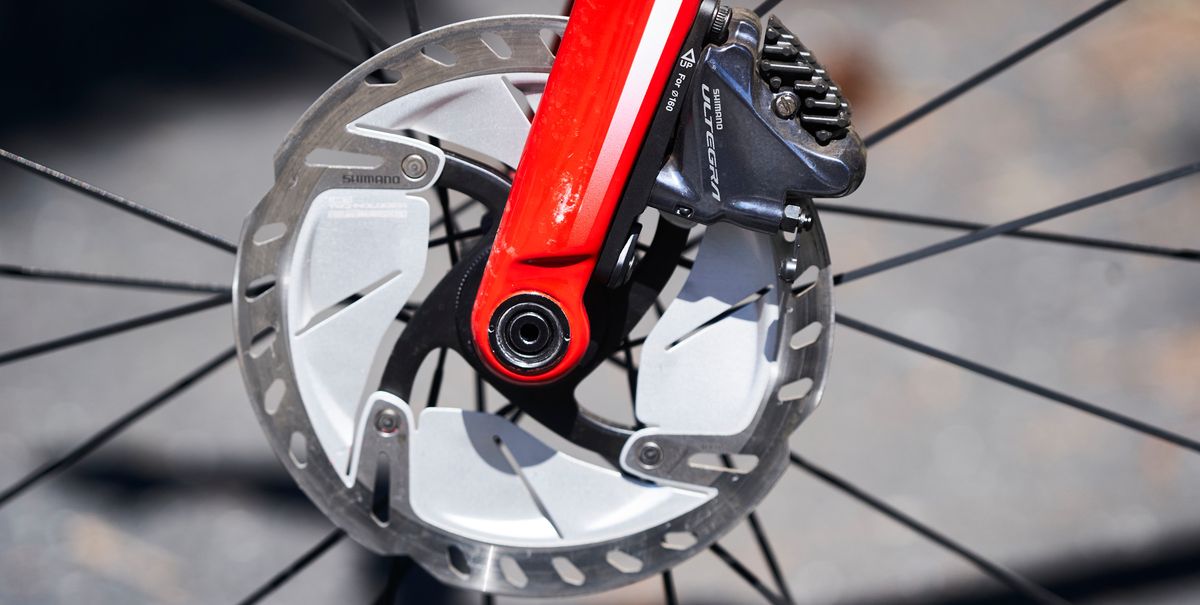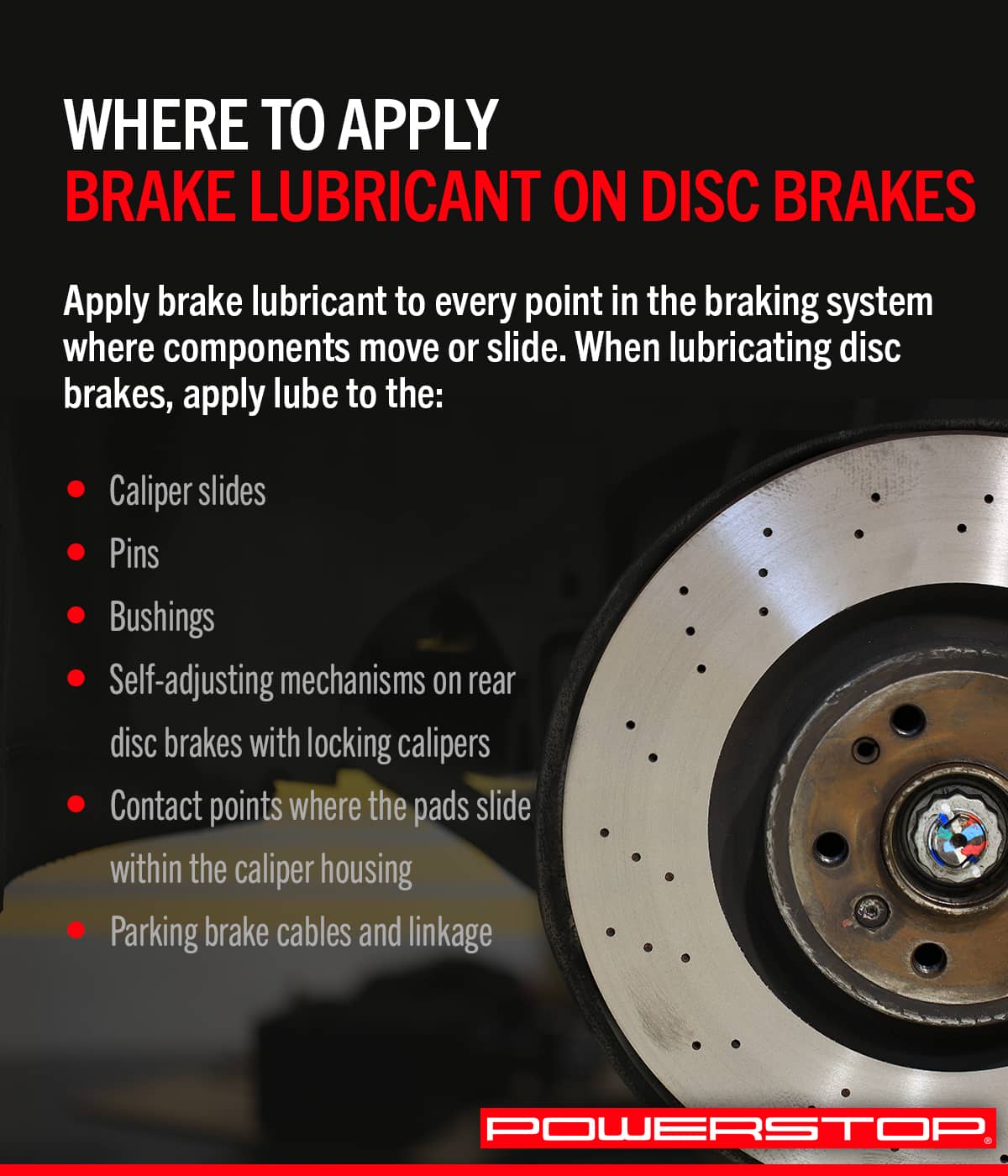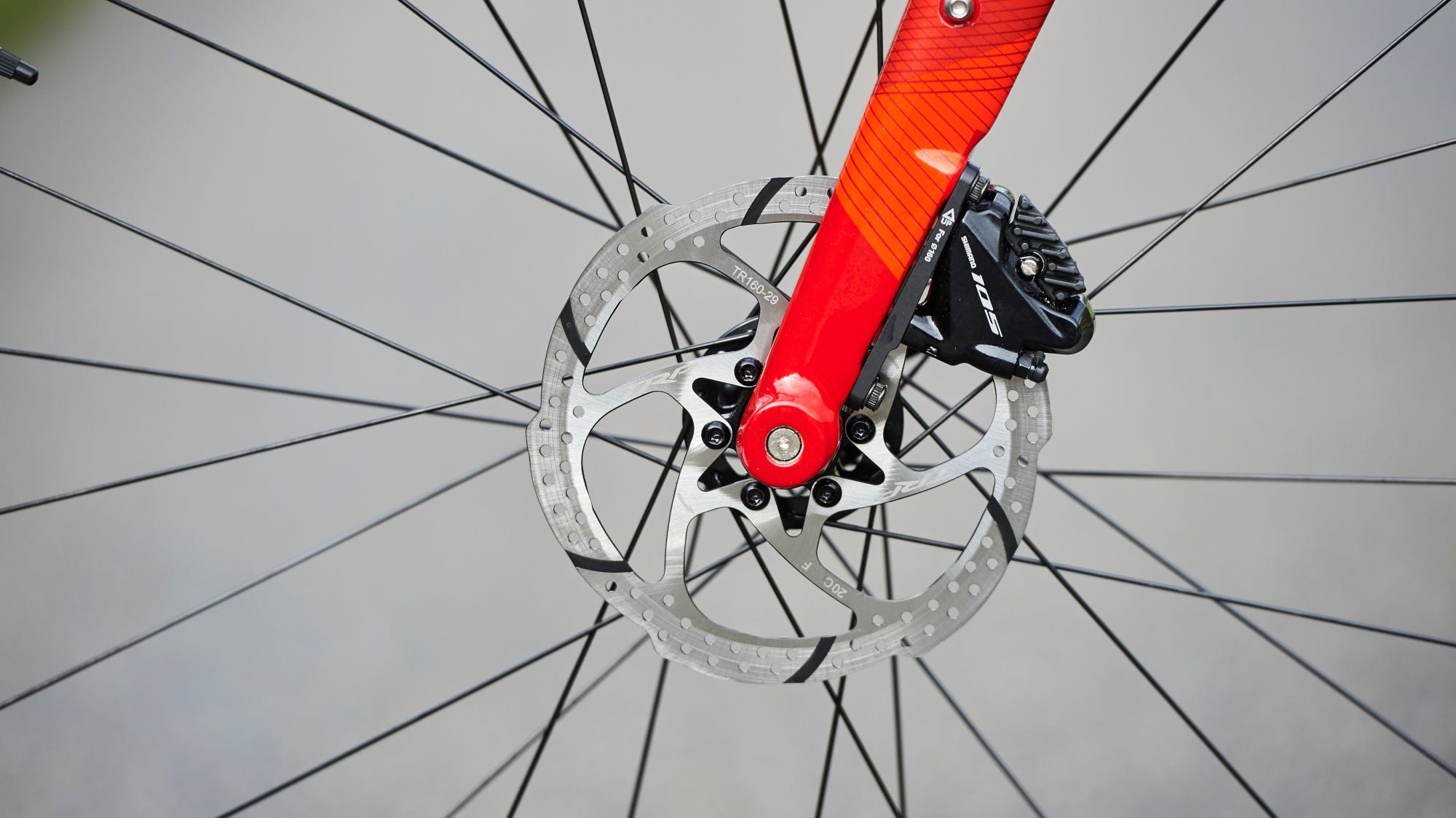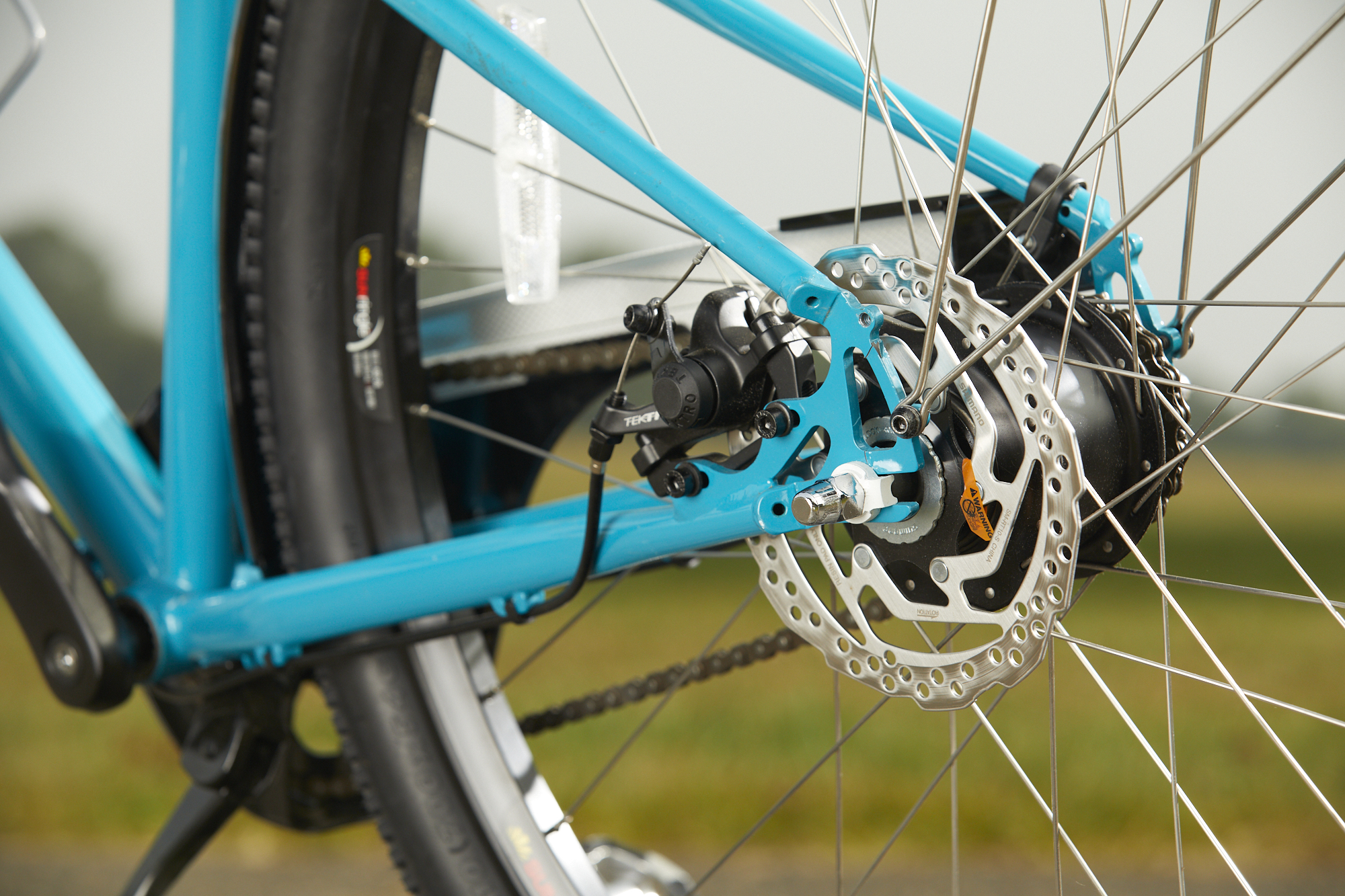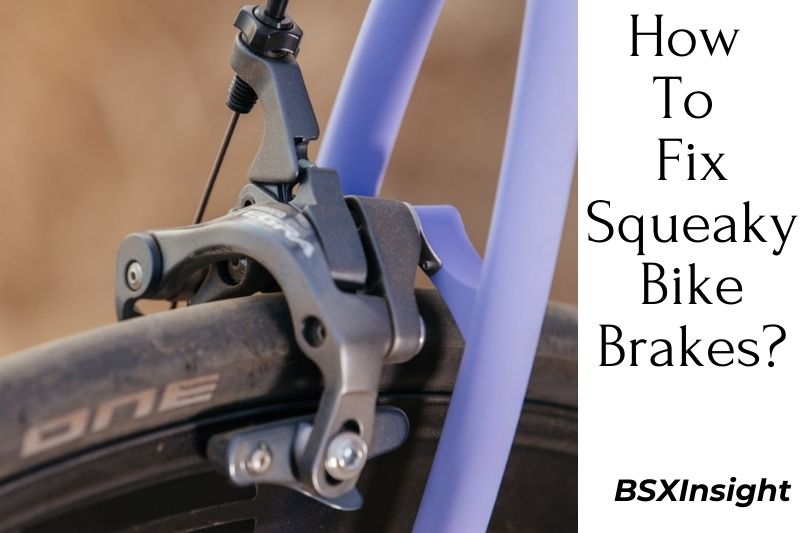Why Do Bike Disc Brakes Squeal in the First Place?
Bike disc brake squeal is a common issue that can be frustrating and embarrassing for cyclists. It’s not just a minor annoyance, as a squealing brake can also be a safety hazard, distracting riders and potentially causing them to lose control of their bike. So, why do bike disc brakes squeal in the first place? The answer lies in a combination of factors, including improper installation, worn-out brake pads, and misaligned calipers. When brake pads are not installed correctly, they can vibrate and produce a high-pitched squeal. Similarly, worn-out brake pads can cause the brake caliper to vibrate, resulting in an annoying squeal. Misaligned calipers can also cause the brake pads to rub against the rotor unevenly, producing a squealing noise. Addressing these issues is crucial for a smoother and safer ride. By understanding the root causes of bike disc brake squeal, cyclists can take steps to prevent this problem and enjoy a more enjoyable and peaceful ride. In fact, a well-maintained bike disc brake system can reduce the occurrence of bike disc brake squeal, allowing riders to focus on their performance and enjoy the ride.
How to Diagnose the Source of the Squeal
Diagnosing the source of bike disc brake squeal is a crucial step in eliminating the problem. To identify the root cause of the squeal, cyclists should follow a step-by-step approach. First, inspect the brake pads for signs of wear or damage. Check for uneven wear patterns, cracks, or excessive wear on the pad surface. Next, check the caliper alignment to ensure it is properly aligned with the rotor. Misaligned calipers can cause the brake pads to rub against the rotor unevenly, resulting in a squealing noise. Additionally, test the brake lever feel to ensure it is smooth and consistent. A spongy or inconsistent brake lever feel can indicate air in the system or worn-out brake pads. Patience and attention to detail are essential in this process, as a thorough diagnosis is critical to addressing the root cause of the bike disc brake squeal. By following these steps, cyclists can identify the source of the squeal and take corrective action to eliminate the problem and enjoy a smoother, quieter ride.
The Role of Brake Pad Quality in Reducing Squeal
The quality of brake pads plays a significant role in reducing bike disc brake squeal. High-quality brake pads from reputable brands like Shimano and SRAM are designed to provide quiet performance and minimize squeal. These pads are made with advanced materials and manufacturing processes that help to reduce noise and vibration. For example, Shimano’s XTR brake pads are known for their quiet operation and are a popular choice among cyclists. Similarly, SRAM’s Guide brake pads are designed to provide smooth, quiet braking performance. Using high-quality brake pads can significantly reduce the occurrence of bike disc brake squeal, providing a smoother and more enjoyable ride. In addition, high-quality brake pads tend to last longer and perform more consistently, reducing the need for frequent replacements and adjustments. By investing in high-quality brake pads, cyclists can enjoy a quieter, more reliable braking system that inspires confidence and improves overall performance.
Bedding-In Brake Pads for a Squeal-Free Ride
Bedding-in brake pads is a critical process that helps to reduce bike disc brake squeal and ensure optimal brake performance. The bedding-in process involves gradually building up heat in the brake pads to help them conform to the rotor surface. This process helps to eliminate any imperfections or unevenness in the brake pad surface, reducing the likelihood of squeal. To properly bed-in brake pads, cyclists should follow a few key steps. First, start with gentle braking, gradually increasing the intensity over time. Avoid heavy loads or sudden stops, as these can cause the brake pads to overheat and lead to squeal. It’s also essential to avoid riding in wet or dirty conditions during the bedding-in process, as this can contaminate the brake pads and rotor. By following these steps and allowing the brake pads to bed-in properly, cyclists can enjoy a smoother, quieter ride with reduced bike disc brake squeal.
Caliper Alignment and Squeal Reduction
Proper caliper alignment is crucial in reducing bike disc brake squeal. Misaligned calipers can cause the brake pads to rub against the rotor unevenly, leading to squeal and vibration. To check caliper alignment, cyclists can use specialized tools such as a caliper alignment gauge or a torque wrench. These tools help to ensure that the caliper is properly aligned with the rotor, reducing the likelihood of squeal. Common alignment issues that can cause squeal include a misaligned caliper, a bent or warped rotor, or uneven brake pad wear. By checking and adjusting caliper alignment regularly, cyclists can reduce the occurrence of bike disc brake squeal and enjoy a smoother, quieter ride. Additionally, proper caliper alignment can also improve brake performance, providing more consistent and reliable stopping power. By taking the time to ensure proper caliper alignment, cyclists can enjoy a more enjoyable and safe riding experience.
Cleaning and Maintaining Your Disc Brakes for Quiet Performance
Regular cleaning and maintenance are essential for preventing bike disc brake squeal and ensuring optimal brake performance. A clean and well-maintained disc brake system can help to reduce the likelihood of squeal, while also improving overall braking power and safety. To clean disc brakes, cyclists should start by removing any dirt, grime, or debris from the brake pads, rotors, and calipers using a soft-bristled brush or a clean cloth. A mild detergent and water can be used to clean the brake components, but it’s essential to avoid using harsh chemicals or abrasive materials that can damage the brake pads or rotors. After cleaning, cyclists should dry the brake components thoroughly to prevent water spots or corrosion. Regular maintenance tasks, such as checking and adjusting brake pad wear, lubricating pivot points, and inspecting brake cables, can also help to prevent bike disc brake squeal and ensure a smoother, quieter ride. By incorporating regular cleaning and maintenance into their routine, cyclists can enjoy improved brake performance, reduced squeal, and a more enjoyable riding experience.
Troubleshooting Common Squeal Issues with Disc Brakes
Despite taking preventative measures, bike disc brake squeal can still occur. In such cases, it’s essential to troubleshoot the issue to identify the root cause and implement a solution. Here are some common squeal issues with disc brakes and their corresponding solutions:
Warped Rotors: A warped rotor can cause the brake pads to vibrate and squeal. To fix this issue, cyclists can try truing the rotor or replacing it if it’s severely damaged. Additionally, ensuring proper brake pad alignment and using high-quality brake pads can help reduce the likelihood of warped rotor-induced squeal.
Loose Brake Pads: Loose brake pads can cause the brake pads to move around and squeal. To fix this issue, cyclists should check the brake pad bolts and tighten them to the recommended torque specification. It’s also essential to ensure that the brake pads are properly seated and aligned.
Misaligned Calipers: Misaligned calipers can cause the brake pads to rub against the rotor unevenly, leading to squeal. To fix this issue, cyclists should check the caliper alignment and adjust it using specialized tools. Proper caliper alignment is crucial for reducing bike disc brake squeal and ensuring optimal brake performance.
Other common squeal issues with disc brakes include contaminated brake pads, worn-out brake pad surfaces, and improper brake pad installation. By identifying and addressing the root cause of the squeal, cyclists can enjoy a smoother, quieter ride and improved brake performance. Remember, regular maintenance and inspection are key to preventing bike disc brake squeal and ensuring a safe and enjoyable riding experience.
Squeal-Free Riding: Putting it All Together
By now, it’s clear that bike disc brake squeal is a complex issue that requires a multifaceted approach to resolve. From improper installation to worn-out brake pads, misaligned calipers, and poor maintenance, there are numerous factors that can contribute to squeal. However, by understanding the common causes of bike disc brake squeal and implementing the tips and techniques discussed in this article, cyclists can enjoy a smoother, quieter ride.
The key to reducing bike disc brake squeal lies in adopting a holistic approach that addresses every aspect of brake maintenance and performance. This includes selecting high-quality brake pads, bedding them in properly, ensuring proper caliper alignment, and maintaining the disc brakes regularly. By doing so, cyclists can minimize the likelihood of squeal and enjoy improved brake performance, safety, and overall riding experience.
Remember, bike disc brake squeal is not just a nuisance – it can also be a safety hazard. By taking proactive steps to address squeal, cyclists can reduce the risk of accidents and ensure a more enjoyable ride. So, take the time to inspect your brakes, adjust your calipers, and maintain your disc brakes regularly. With patience, attention to detail, and the right techniques, you can silence the screech and enjoy a squeal-free ride.


